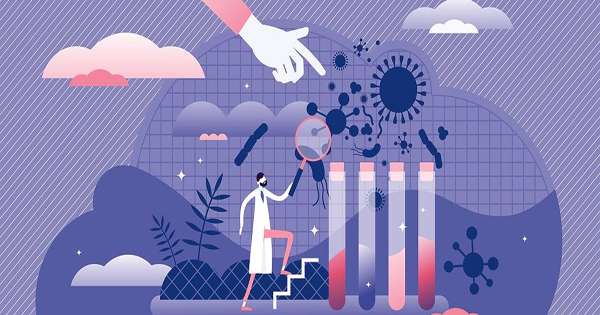Chi-Hua Yu from the National Cheng Kung University in Taiwan and Marcus J. Bueller of the Massachusetts Institute of Technology (MIT) not only provided us with this long-awaited “protein music”, but also trained artificial intelligence (AI) to design new proteins. A process that is usually time-consuming and has consequences that are difficult to predict. Which is found everywhere in the human body, proteins made by our genes have been the subject of molecular research in science. Yet the question of what “word” they like remains a mystery.
The two studies, published in APL Bioengineering, stemmed from the knowledge that each of the 20 amino acids that make up a protein has a unique vibrational frequency, which can be translated into different frequencies in musical notes, otherwise known as pitch. Researchers were able to translate different protein traits into musical concepts to build a complete score. For example, the chain lengths and folds of a protein can be reflected in a variety of note lengths, volumes, melodies, chords, and rhythms. But musical masterpieces are just part of the story. The scores generated were then used to train deep learning neural networks in the protein music composition industry, enabling them to still design the introduced proteins.
The researchers further discovered that the rate of production of music variations could be controlled by adjusting the temperature during protein design – the higher the temperature, the greater the number of changes produced by the algorithm. The transliteration of pitch and other musical instruments from the algorithm’s incomplete scores into amino acid sequences resulted in the creation of never-before-seen proteins.
“These networks learn to understand complex language folding proteins that speak on multiple time scales, Marcus J. Bueller explained in a statement. And once the computer is given the seed of a sequence, it can extrapolate and design a whole new protein by creating this initial concept. “This has paved the way for the creation of completely new biomaterials,” Buehler added. Or maybe you want to find an enzyme in nature and improve how it stimulates or brings about completely new variations of proteins.















